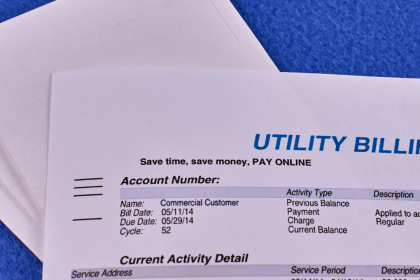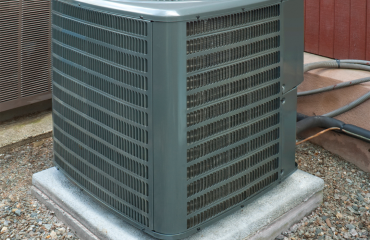
Short Answer:
SEER stands for Seasonal Energy Efficiency Ratio. It tells you how efficiently your AC unit uses electricity to keep you cool over a typical cooling season. The higher the SEER, the less energy it uses—and the lower your power bill. In hot, humid places like Charleston, that matters a lot.
What SEER Actually Measures
SEER = Total Cooling Output (in BTUs) / Total Electricity Used (in watt-hours) over the cooling season
Think of it like MPG for your air conditioner. More SEER = More cooling per dollar.
| SEER Rating | Efficiency Level | What It Means for You |
| 13–15 | Minimum standard | Older units, higher bills |
| 16–18 | Good efficiency | Balance of cost + performance |
| 19–21 | High efficiency | Lower bills, higher upfront cost |
| 22+ | Premium/Ultra-efficient | Top-of-the-line tech, rebates |
Note: As of 2023, the minimum SEER for new ACs in the Southeast (yes, including Charleston) is SEER2 14.3 (formerly SEER 14 under older measurement).
Why SEER Matters in Charleston
- High Humidity: Systems with higher SEER often have variable-speed compressors that remove moisture better.
- Long Summers: More days running the AC = more savings with high SEER.
- Power Grid Strain: Efficient units help prevent system overload and blackouts.
- Eco-Friendly: Less energy use = smaller carbon footprint.
SEER vs. SEER2: What Changed?
In 2023, the DOE introduced SEER2 to better reflect real-world performance. It includes:
- Higher external static pressure to simulate duct resistance
- Updated test procedures
If you’re shopping today, compare SEER2 ratings—they’re now the industry standard.
Semantic Cluster: Related Questions
What is a good SEER rating in South Carolina?
16+ is a solid starting point. 18+ is great for long-term savings.
Does a higher SEER mean a more expensive AC?
Usually, yes upfront—but energy savings, rebates, and lifespan often outweigh the cost.
Will a high SEER AC reduce my energy bill?
Yes. The higher the SEER, the less energy it takes to cool your home—especially during Charleston’s steamy summers.
What’s the difference between SEER and EER?
SEER measures seasonal efficiency. EER (Energy Efficiency Ratio) measures efficiency at a single peak temperature.
Case Study: West Ashley SEER Upgrade
Client: Family of five in a 2,400 sq ft home
Old System: SEER 13, single-speed, 12 years old
New System: SEER2 18, variable-speed compressor
Result: 35% reduction in power bill, quieter operation, better humidity control
How to Choose the Right SEER for Your Home
Home Size & Layout
- Bigger homes may benefit more from higher SEER systems. Click here for information to help you with sizing your AC unit.
Budget & Rebates
- SC offers tax incentives and utility rebates for high-SEER systems
Existing Ductwork
- Poor ducts = lower real-world performance, even with high SEER
Comfort Preferences
- Want consistent temps and quiet airflow? Go for variable-speed + high SEER
Talk to a Charleston HVAC Pro About SEER
At Passion Heating & Air, we don’t just slap in a high-SEER unit and call it a day. We evaluate your whole system – ductwork, insulation, usage…to make sure your new system delivers on its promise.
We’ll also walk you through:
- SEER vs SEER2 confusion
- Rebates and tax credits
- Whether the extra investment will actually pay off
Ready to Upgrade Smart?
Book your free SEER consultation:
- Call us at (843) 834-0607
- Book online here
About the Author
John Gradick is a certified HVAC technician with 25+ years of experience serving the Charleston area. He’s the lead tech at Passion Heating & Air and lives in Summerville with his wife and two dogs. When he’s not fixing ACs, he’s fishing on the Ashley River.



